The occupation of Alcatraz Island in California by a group of Indians from various nations during the late 1960s and early 1970s became the symbol for Indian activism around the United States and inspired similar events in other parts of the country. The occupation of Alcatraz was more than a cause: it became a symbol of Indian pride and their determination to free themselves from the oppression of the American government.
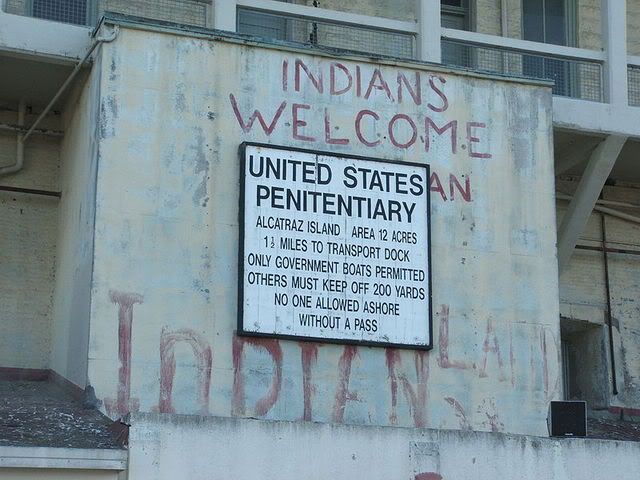
Background:
In 1868 Alcatraz Island became a federal prison for military prisoners. As a federal military prison it was also used to house American Indian prisoners. In some cases, these Indians were not soldiers, but simply Indian leaders who did not support the United States take-over of their tribal governments. They were imprisoned without the benefit of legal proceedings, such as a trial.
In some cases, Indians who had been tried in military courts as prisoners of war were sentenced to Alcatraz. Following the Modoc War in 1873, for example, two young warriors Slolux and Barnchohad their death sentences commuted by President Ulysses Grant and were sentenced to life imprisonment at Alcatraz Island. The young men had been tried without any legal counsel as the Army considered defense counsel a privilege rather than a right.
In 1933 Alcatraz became a part of the federal prison system.
Treaty Rights:
In 1962, the federal government closed its federal prison on Alcatraz Island, California. At the United Council meetings in nearby Oakland, Indian people discussed treaty provisions which promised surplus or abandoned federal lands to Indian tribes. Research determined that this right was granted to the Sioux in the 1868 Fort Laramie Treaty.
In 1964, a group of about 40 Indians travelled to Alcatraz Island by boat. After landing on the island, Allen Cottier, a Sioux descendent of Crazy Horse, read a statement offering 47 cents per acre for the purchase of the island. This was the amount which the federal government was offering to pay for California Indian lands.
The Occupation:
In 1969, a group of young Indian activists, calling themselves “Indians of All Tribes” occupied the abandoned Alcatraz Island to protest Indian conditions. In a proclamation to the “Great White Father” they informed the government that they had reclaimed the island by right of discovery and that they were willing to pay a fair price ($24) for it. The price offered was $1.50 per acre which is more than the 47 cents per acre which the government was currently offering California Indians for their lands under the Claims Commission Act.
Under the terms of the 1868 Fort Laramie Treaty, male Indian adults whose tribes were a party to this treaty are allowed to file for a homestead on abandoned federal lands. Since Alcatraz had been abandoned by the federal government in 1963, the Indians reasoned, they had a treaty right to file a claim on the island.
Occupied Alcatraz lacked decent housing, running water, and employment opportunities. Many Indians observed that in this way it was like a reservation.
Radio Free Alcatraz broadcast a 15 minute daily program hosted by John Trudell and aired by KPFA-FM. The program provided an ongoing narrative of the occupation for the listening audience.
Among those involved in the occupation was Wilma Mankiller who would later become Principal Chief of the Cherokee.
Writer Vine Deloria, who considered the occupation to be irrelevant, received a phone call from President Richard Nixon who ordered him to “get those Indians out of that prison or we’ll throw them in jail.”
Part of the occupation of Alcatraz Island stemmed from the formation of the United Student Council of American Natives (SCAN) by Indian students at San Francisco State University. The students saw themselves as warriors of a new era who needed to arm themselves with education. The founding members included Richard Oakes (Mohawk), Allen Miller (Seminole), Ron Lickers (Seneca), Mickey Gemmil (Pit River), and Gerald Sam (Round Valley). The group was instrumental in the formation of an American Indian Studies Department at the University and in the invasion of Alcatraz.
In 1970, six weeks after the Indian occupation of Alcatraz Island had begun, a 13-year-old girl-Yvonne Oakes, step-daughter of Mohawk Richard Oakes-was killed in an accident. Oakes and his wife Anne suspected that Yvonne’s death was not accidental. They feared that it might have been the result of jealousy arising out of Oakes’s recognition as the Indian leader on Alcatraz by the press and government negotiators. There was, however, insufficient evidence to determine foul play.
In 1970, the Bay Area Native American Council (BANAC) was formed. The group represented 26 organizations which in turn represented some 40,000 Indians from 78 tribes. California governor Ronald Reagan approved a $50,000 planning grant for BANAC to address the needs of urban Indians in the Bay Area, but the grant was not able be used to support the Indians occupying Alcatraz Island. Many Indian people, particularly those who were occupying Alcatraz and providing logistical support for the occupiers, considered the grant an attempt to drive a wedge between the urban Indian population and the occupiers.
Finally in 1971, after having occupied the island for nineteen months and nine days, American forces armed with revolvers, M-1 carbines, and shotguns landed on Alcatraz Island and arrested the last 15 members of the Indian occupation force. The 15 Indian people on the island-six men, four women, and five children-offered no resistance. In less than thirty minutes the occupation was over.
Aftermath:
The following year, Alcatraz Island became a part of the Golden Gate National Recreation Area administered by the National Park Service.
The Indian occupation of Alcatraz inspired a number of other political actions, including the seizure of the Mayflower II in 1970; the Indian occupation of Mount Rushmore in 1972; the occupation of Wounded Knee in 1973; and the Longest Walk in 1985.
The occupation of Alcatraz helped to foster a general pan-Indian identity, sense of purpose, and pride. It inspired activism and movements to reclaim tribal cultures. Many feel that this was an important moment in the struggle for the enforcement of treaty rights, the recognition of tribal sovereignty and Indian self-government.
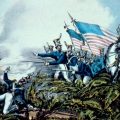
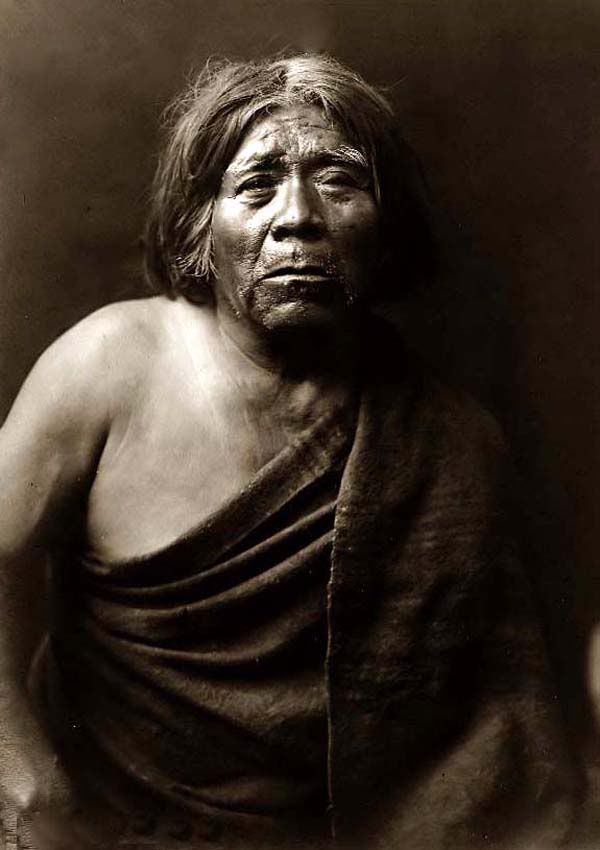
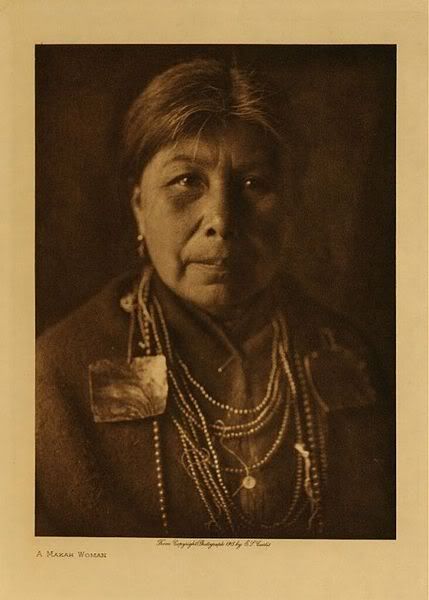
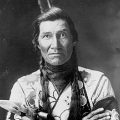
Leave a Reply